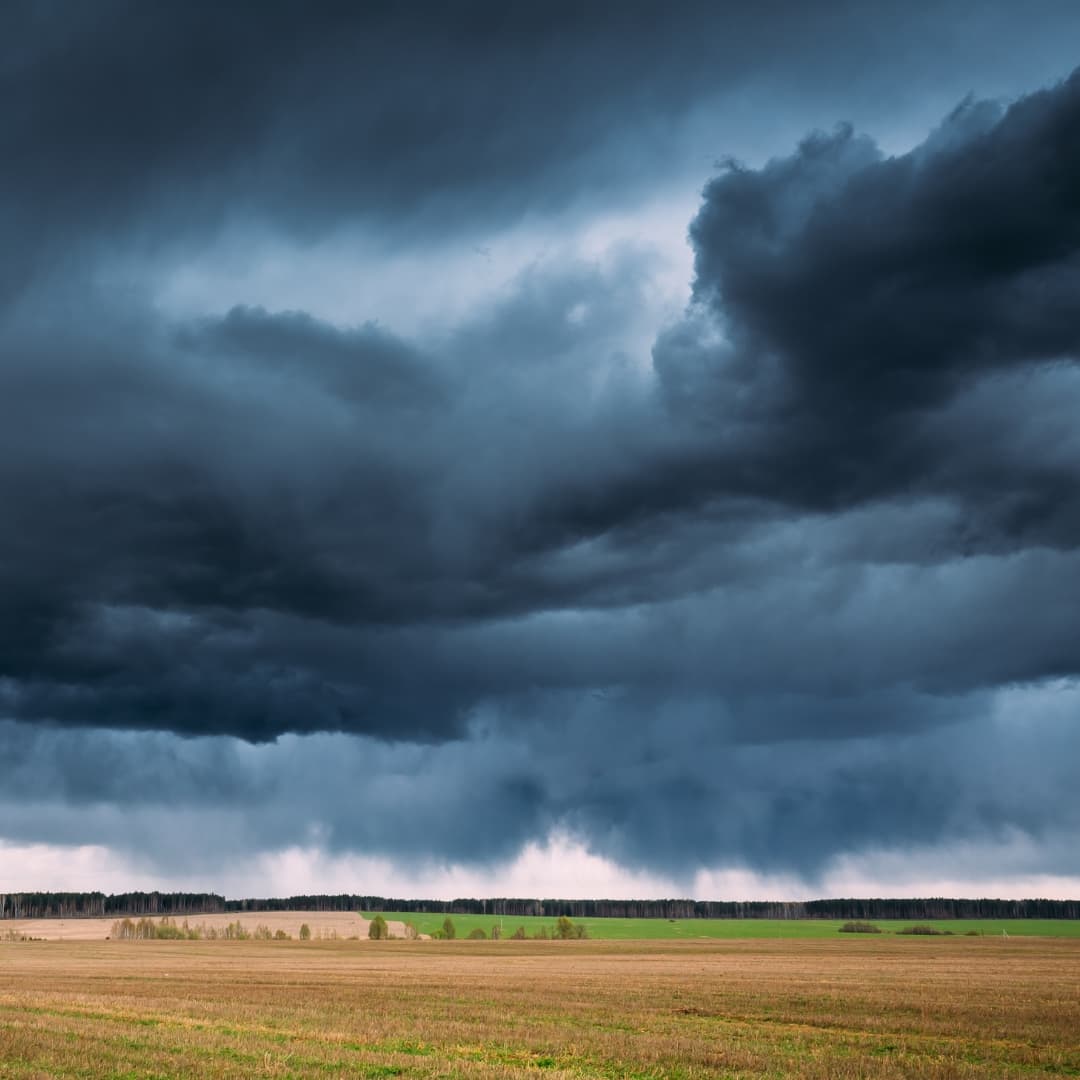The Impact of Heavy Rain on Shrimp Farming
Heavy rainfall, especially during the monsoon season, can significantly affect shrimp pond water quality and bottom conditions. For shrimp farmers, understanding these changes is critical to maintaining stable pond ecosystems and preventing disease outbreaks.
The monsoon brings:
All of which can stress shrimp, reduce growth, and increase the risk of disease outbreaks like Vibriosis and white feces syndrome.
Types of Rainfall and Their Impact
Rainfall intensity in shrimp farming ponds can be grouped into three categories:
Each requires specific pond management actions to maintain water quality and shrimp health.
Key Water Quality Challenges During Monsoon
1. Mineral Dilution and Salinity Drops
Management Tip: Apply mineral supplements after rainfall to stabilize ionic balance and reduce stress.
2. pH Fluctuations
Management Tip: Monitor pond pH morning and evening. Apply buffering agents (lime/dolomite) when pH swings >0.5.
3. Turbidity and Toxic Gas Release
Management Tip: Improve pond bottom conditions with zeolite, oxidizers, or probiotics (after rainfall).
4. Temperature and Stratification
Management Tip: Reduce feed immediately after rainfall and increase aeration to break stratification.
5. Phytoplankton & Bacterial Dynamics
Management Tip: Use probiotics only after rainfall, once water stabilizes, to outcompete pathogens.
Monsoon Shrimp Farming Best Practices
Reduce feeding:
Turn on extra aerators during moderate and heavy rain to maintain DO.
Regular monitoring of pH, DO, salinity, and transparency is essential.
Final Thoughts
For shrimp farmers, the monsoon season is a double-edged sword: it brings essential freshwater but also destabilizes pond ecosystems. With proper pond management, including mineral correction, controlled feeding, and enhanced aeration, farmers can reduce risks and keep shrimp healthy throughout heavy rains.
By understanding the science behind rainfall impacts on shrimp ponds, farmers can make smarter decisions and maintain high survival and productivity, even during challenging weather conditions.
Blue Aqua Product Application
MinGro
Light rainfall: 3 kg/ha
Moderate rainfall: 6 kg/ha
Heavy rainfall:
12 kg/ha during the first 3 hours
6 kg/ha every 3 hours if rain continues
FytoGro
Light rainfall: 1.5 kg/ha
Moderate rainfall: 3 kg/ha
Heavy rainfall:
3 kg/ha every 3 hours if rain continues
6 kg/ha during the first 3 hours



